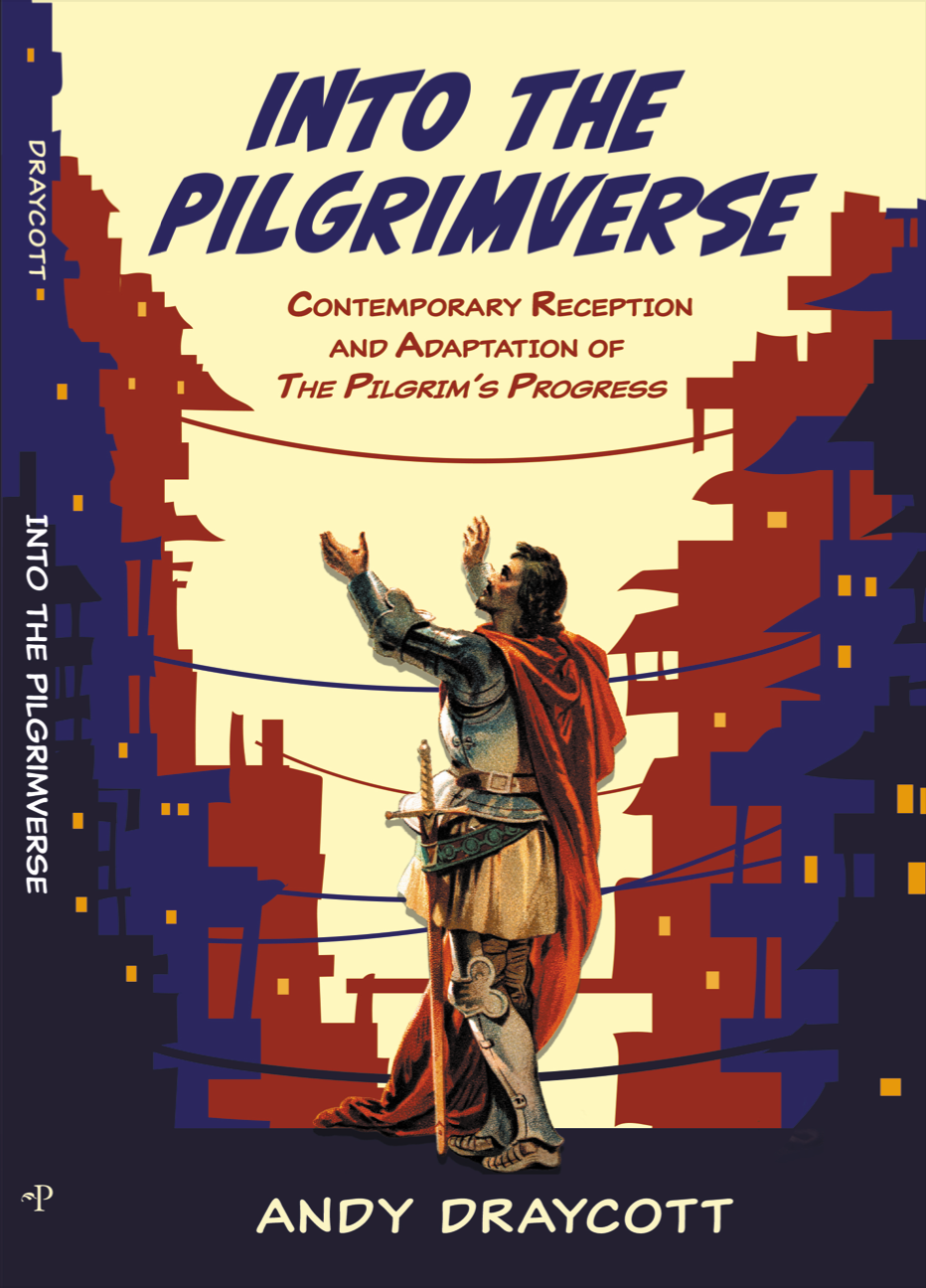Had the key all along!? Al Bohl's striking solution.
- andydraycott7
- Jan 31, 2023
- 2 min read
One of the fun moments of PP is when Christian, having languished in Giant Despair's dungeon for three whole days, and only after a night of prayer (see Acts 16:25), discovers that he has a key that will break him and Hopeful out of Doubting Castle. He had the key all along! It's a crazy plot twist, but totally suited to Bunyan's way of thinking, 'I have a key in my bosom, called Promise, that will (I am persuaded) open any Lock in Doubting-Castle.'
{Note how the 'Steps,' or stepping-stones, that Christian should have used to cross the Slough of Despond are also called 'Promises' by Bunyan's marginal note.}
How bizarre, but still true, that Christians will forget to turn to life-giving Scriptures when facing struggle and doubt. {Promise language also ties in with language in Romans and Galatians about justification which is a key theme for Bunyan (as, no doubt, also shaped by his reading of Martin Luther's Commentary on Galatians, in English (see Grace Abounding)).
The greater challenge in this theological and pastoral plotting is for the visual adapter of PP. How do you credibly show that Christian has a key that he didn't realize he had?
How about Al Bohl's solution in his comics adaptation? Mr Bohl kindly gave me permission to use an image from his comic in my academic journal article on adaptations. What I didn't note there was this fun feature: I'll give the images first, all ©Al Bohl, so that the solution to the key problem is spelled out in his visual format:

Later...

Bohl keeps faithful to the word-centered 'promise' motif by making the sword ('of the Spirit, which is the word of God' (Eph 6:17) the hitherto unnoticed key. Other adaptations show other approaches, but this one has creativity and plausibility within the world of the adaptation design, as well as integrity in terms of the theology of the text.
Thank you Mr. Bohl!


Comments